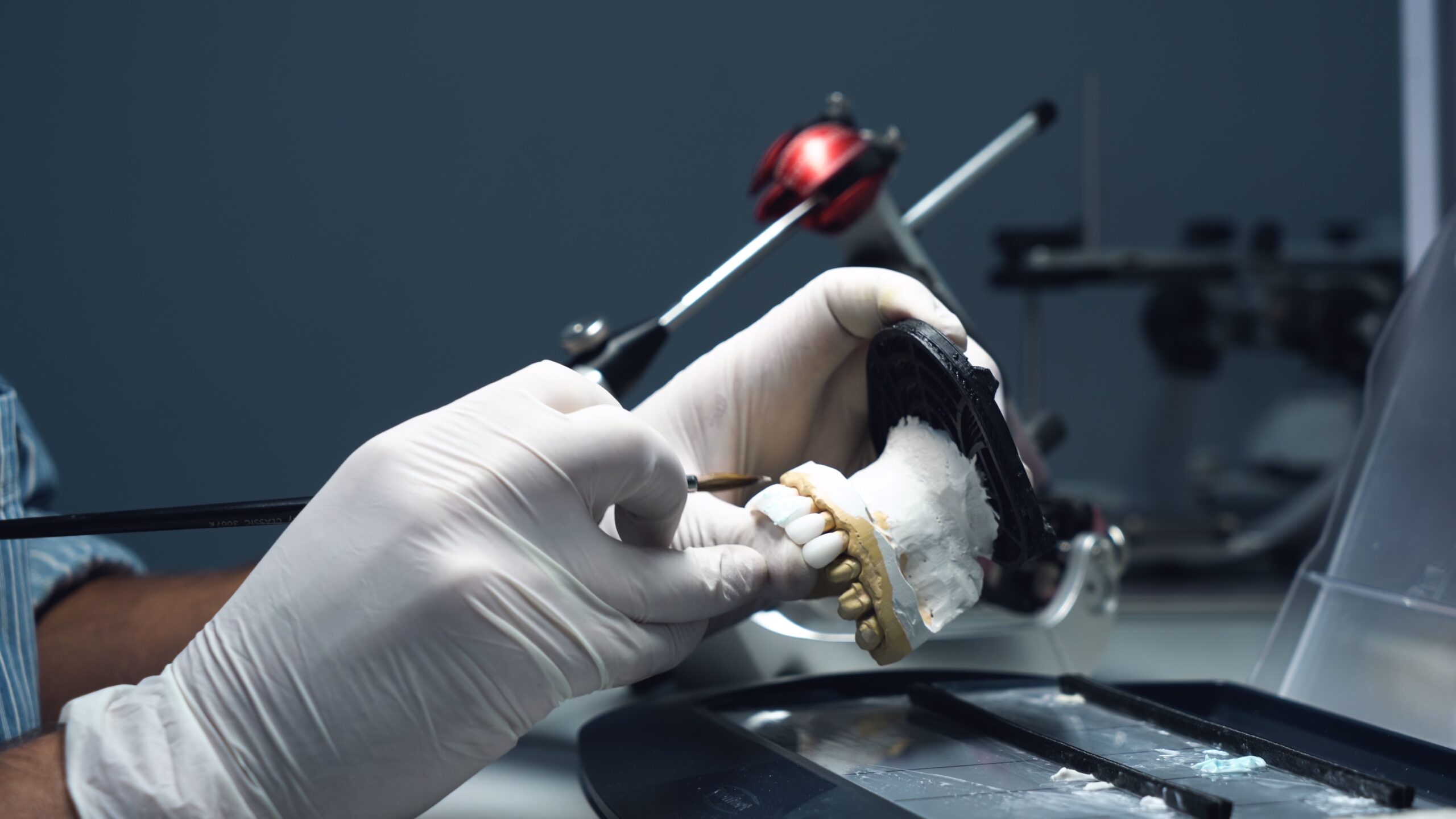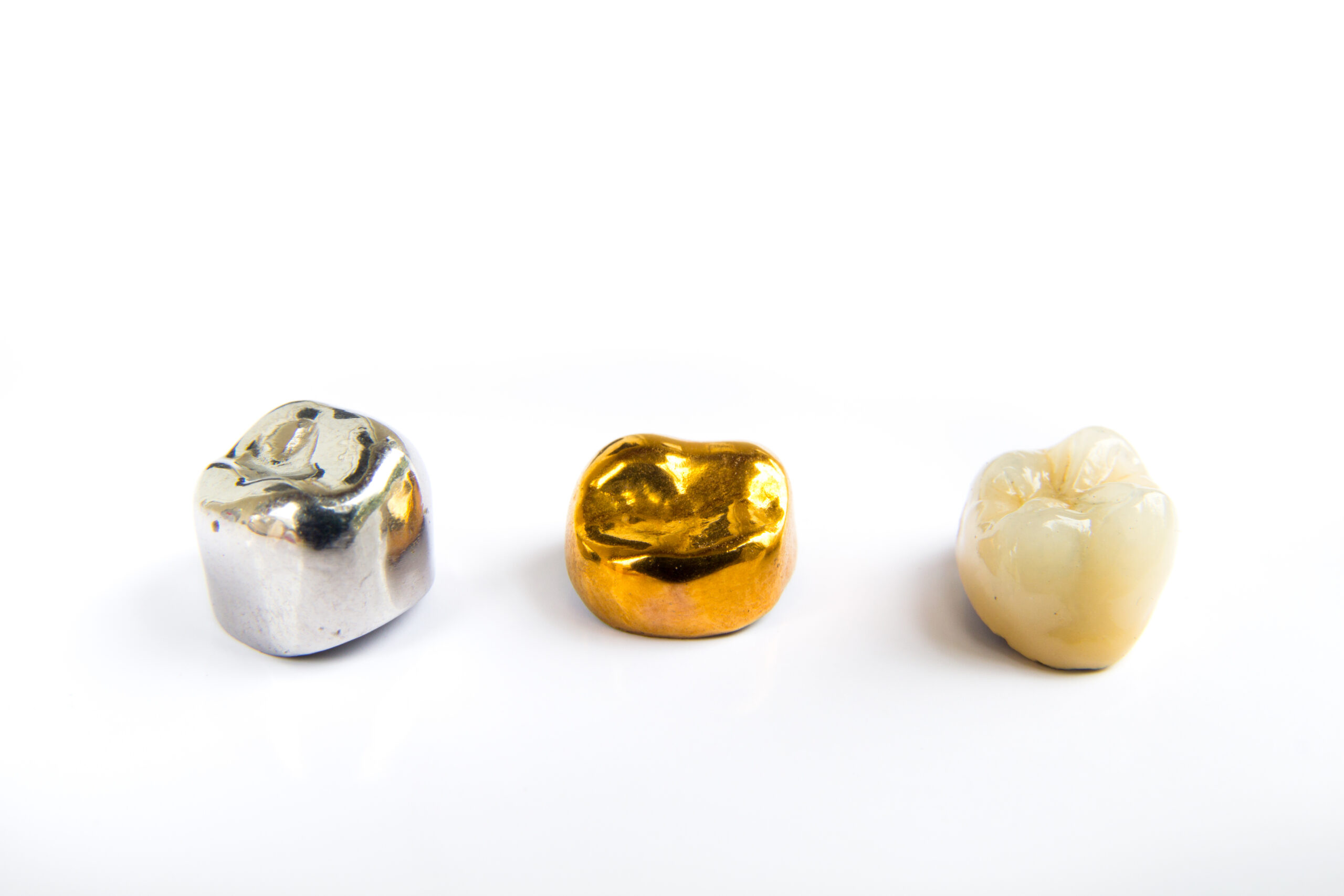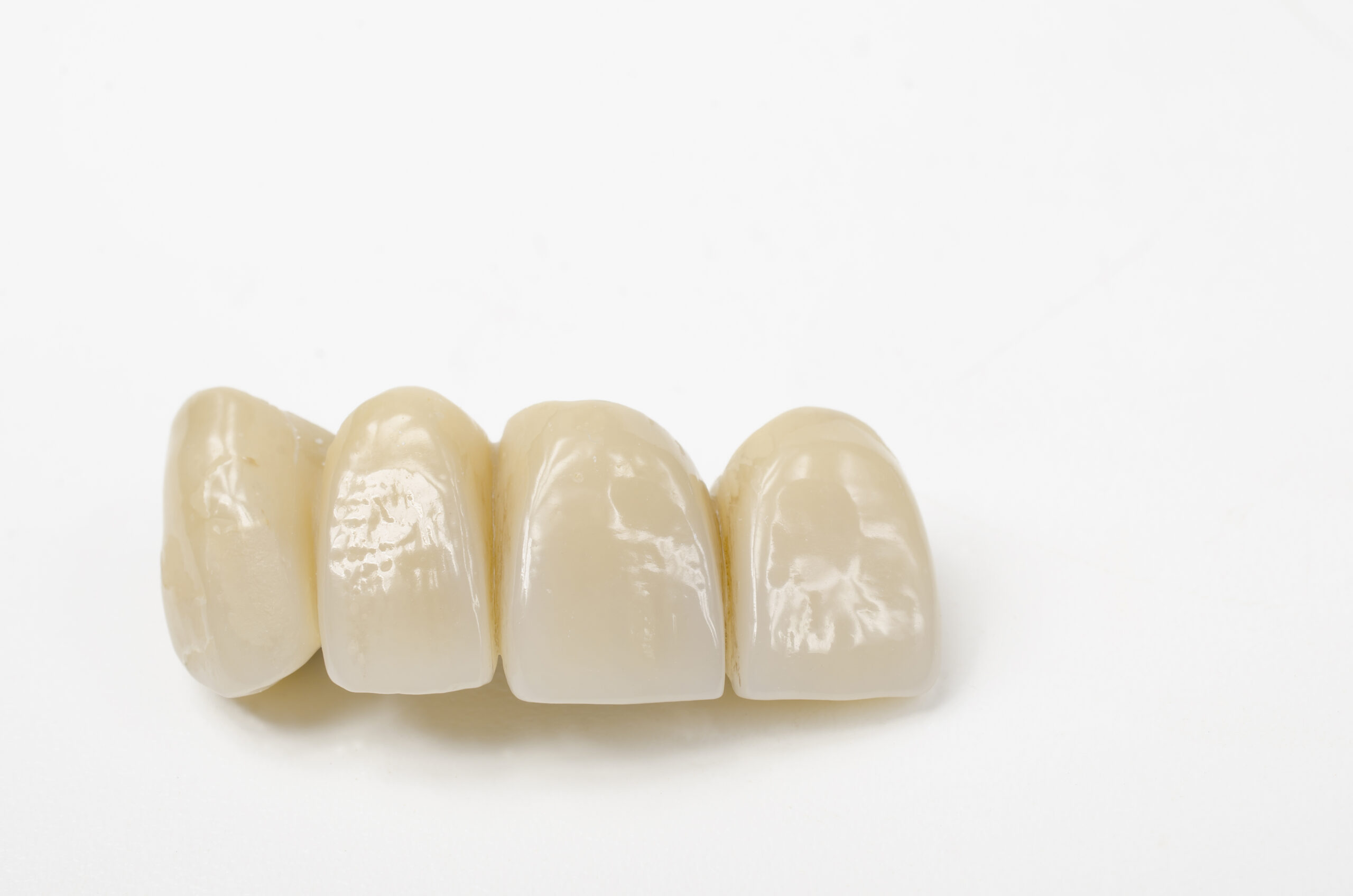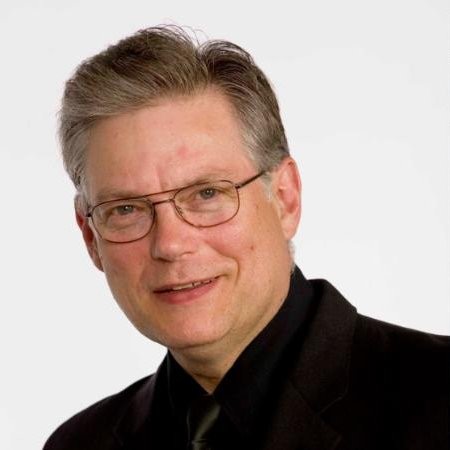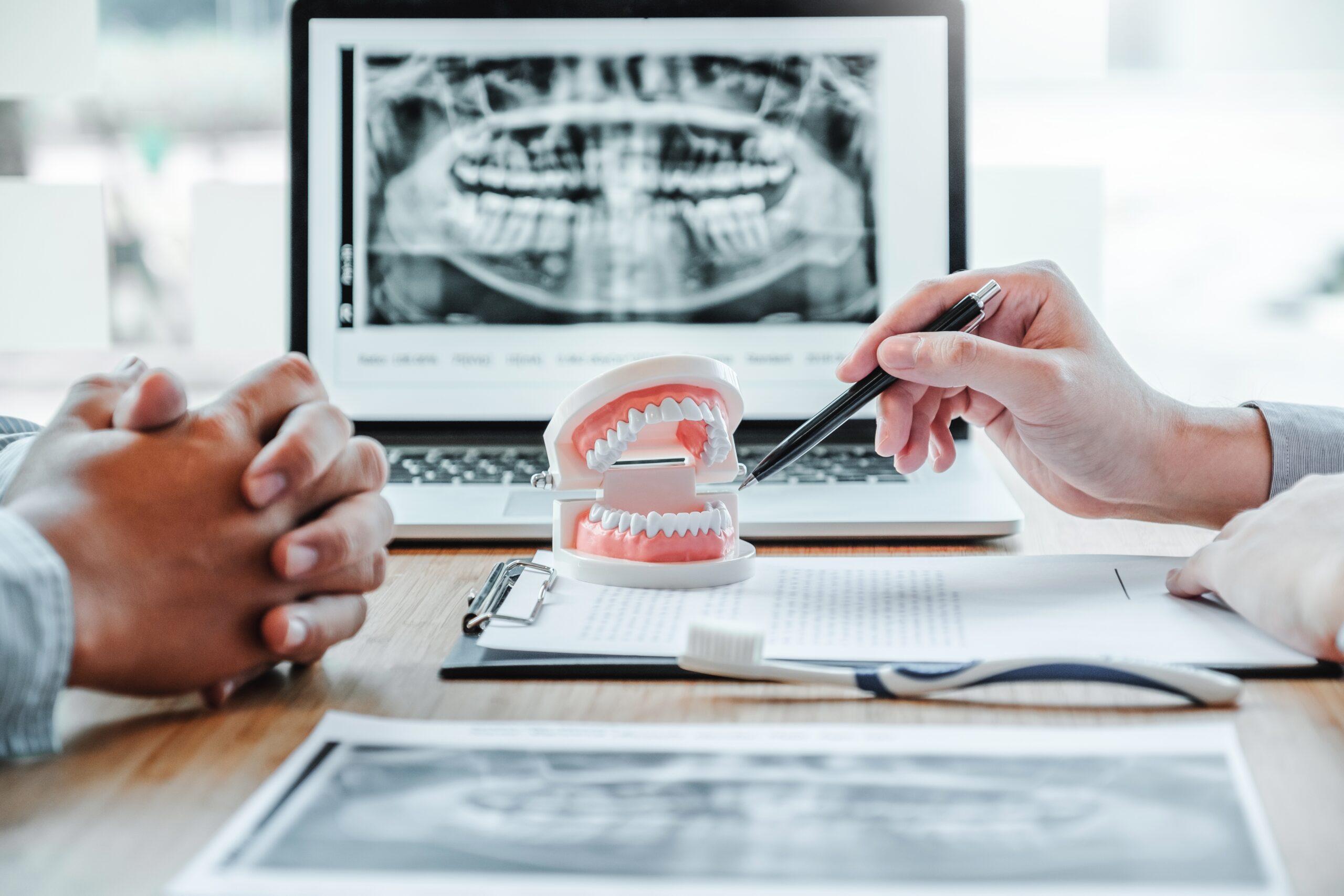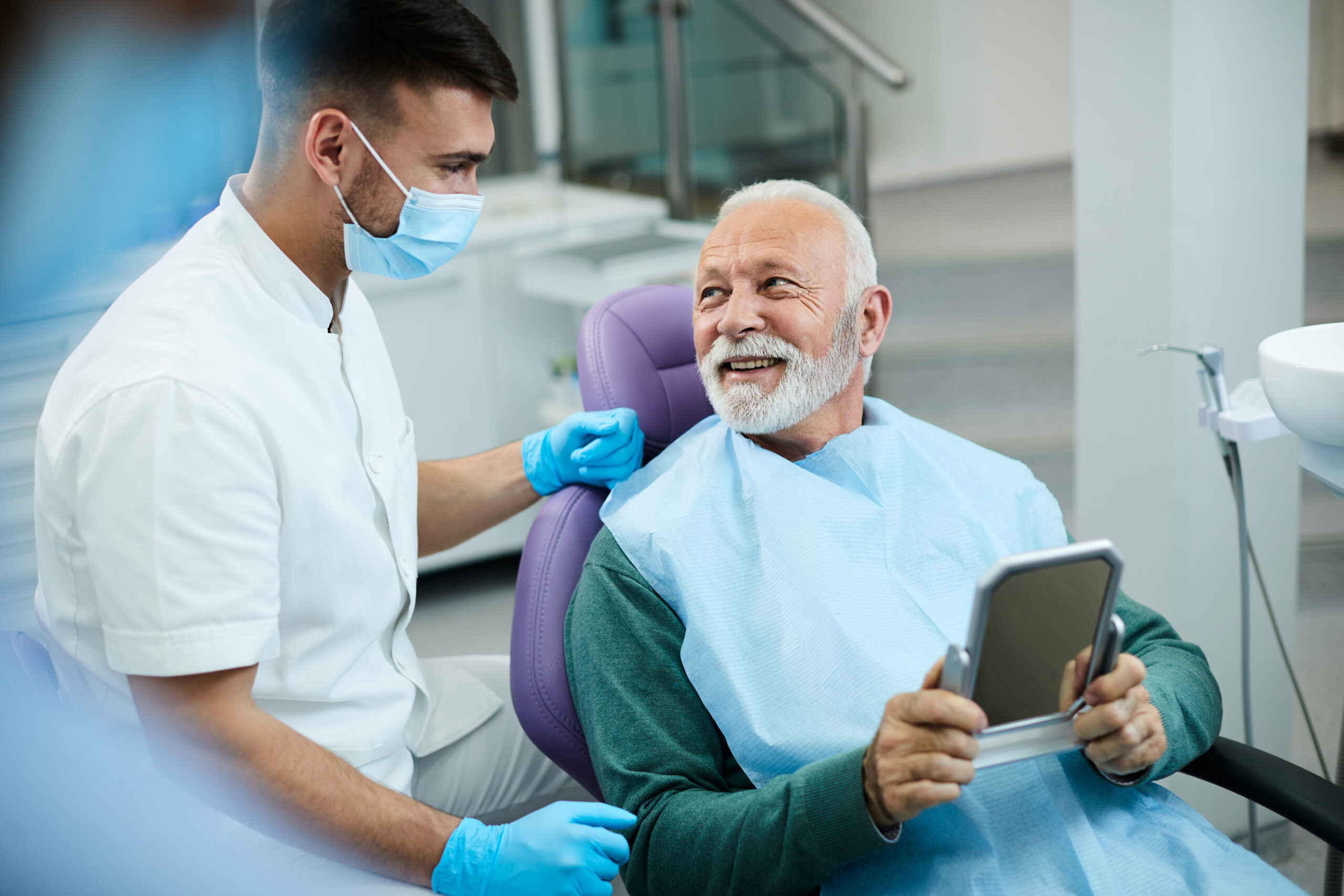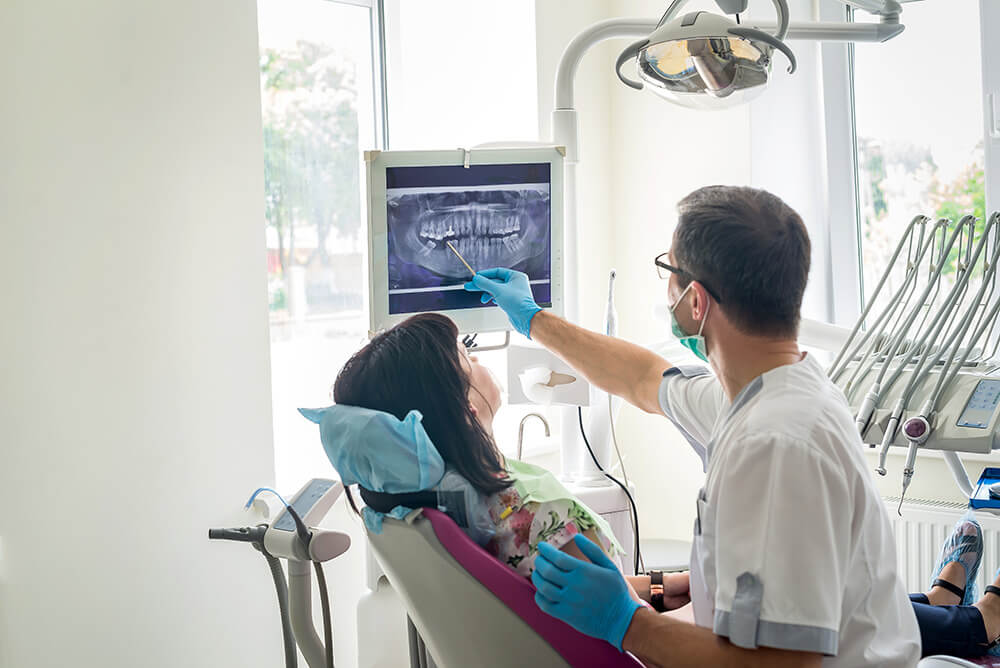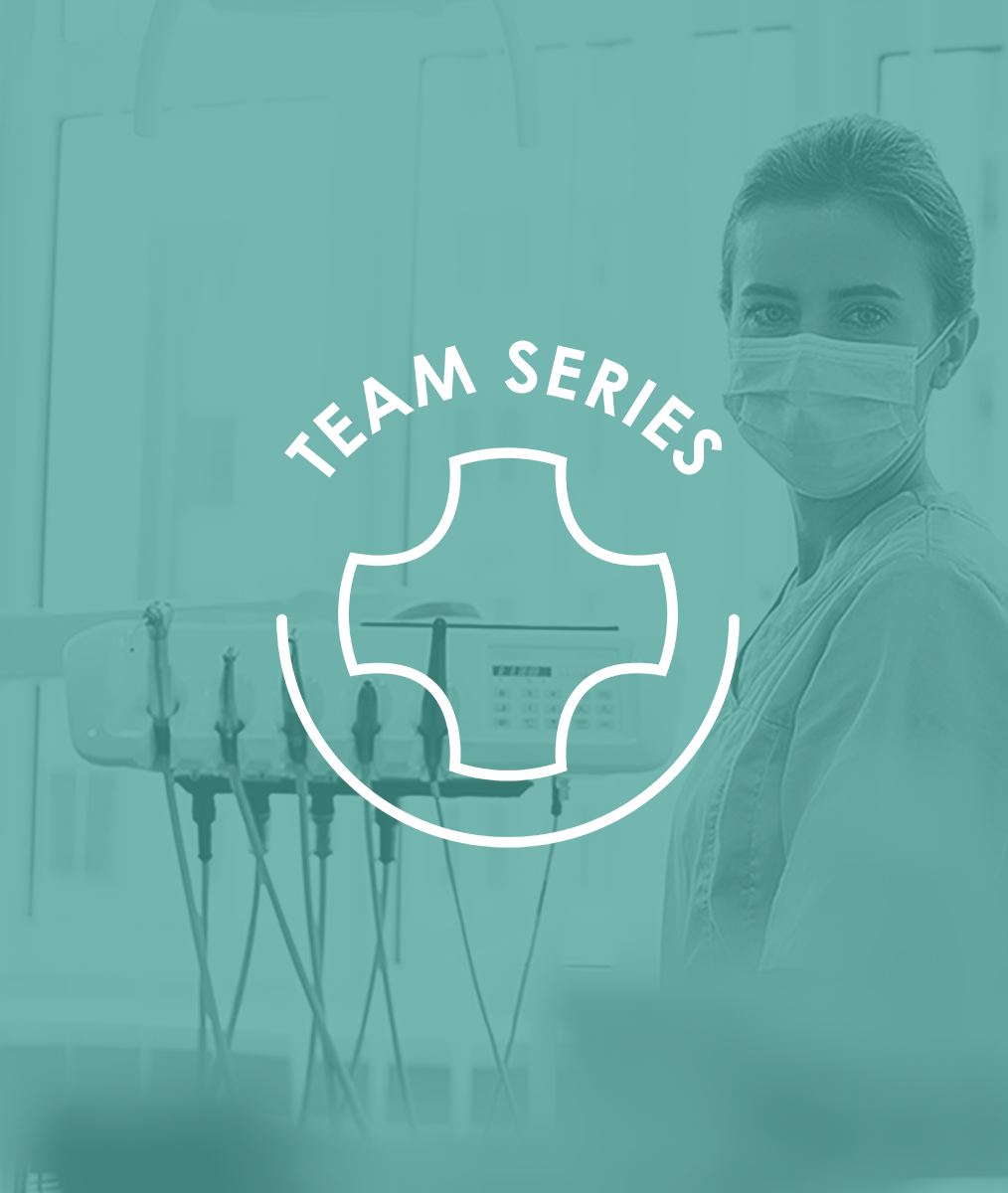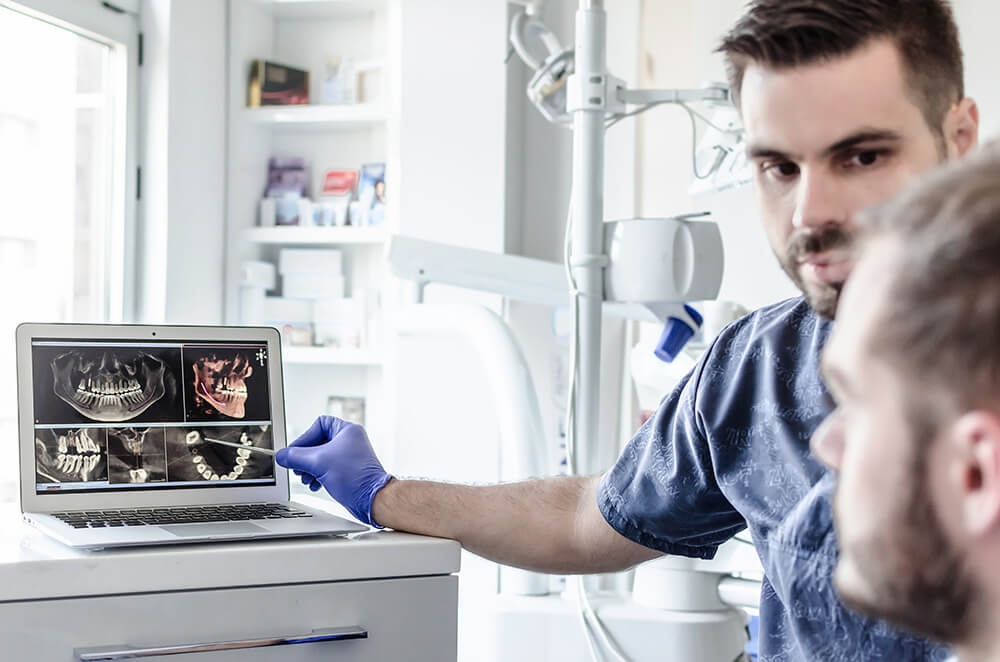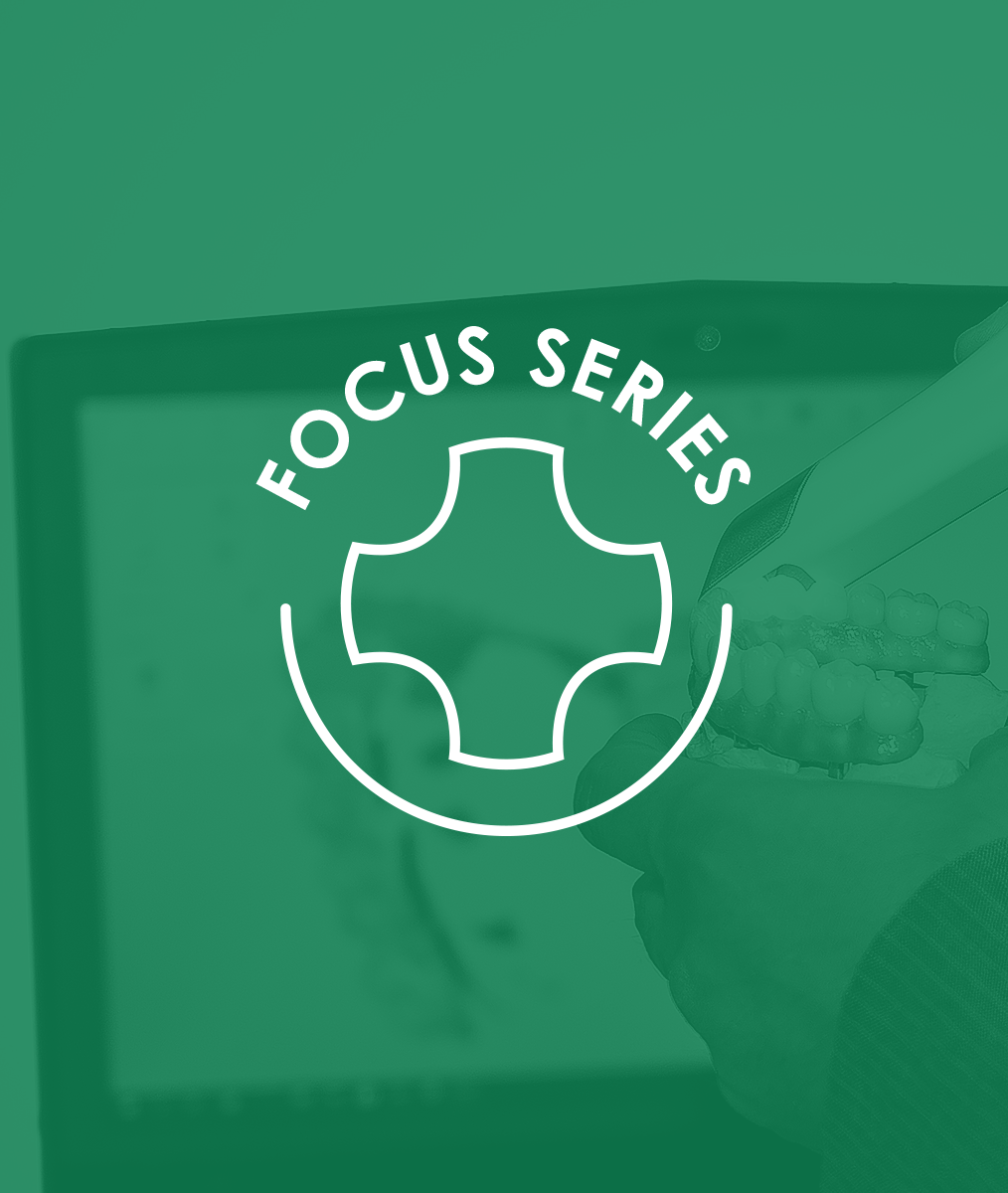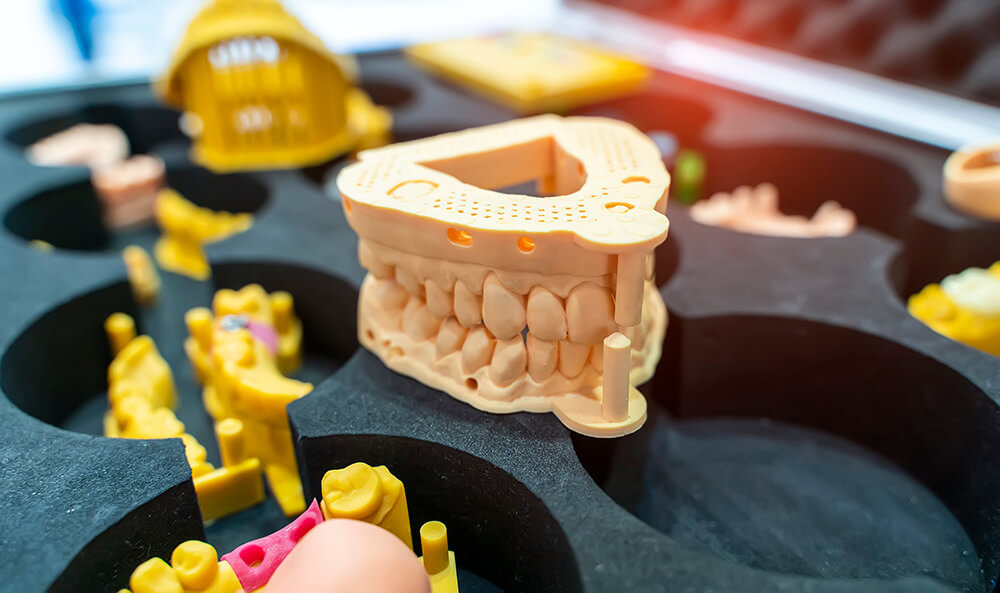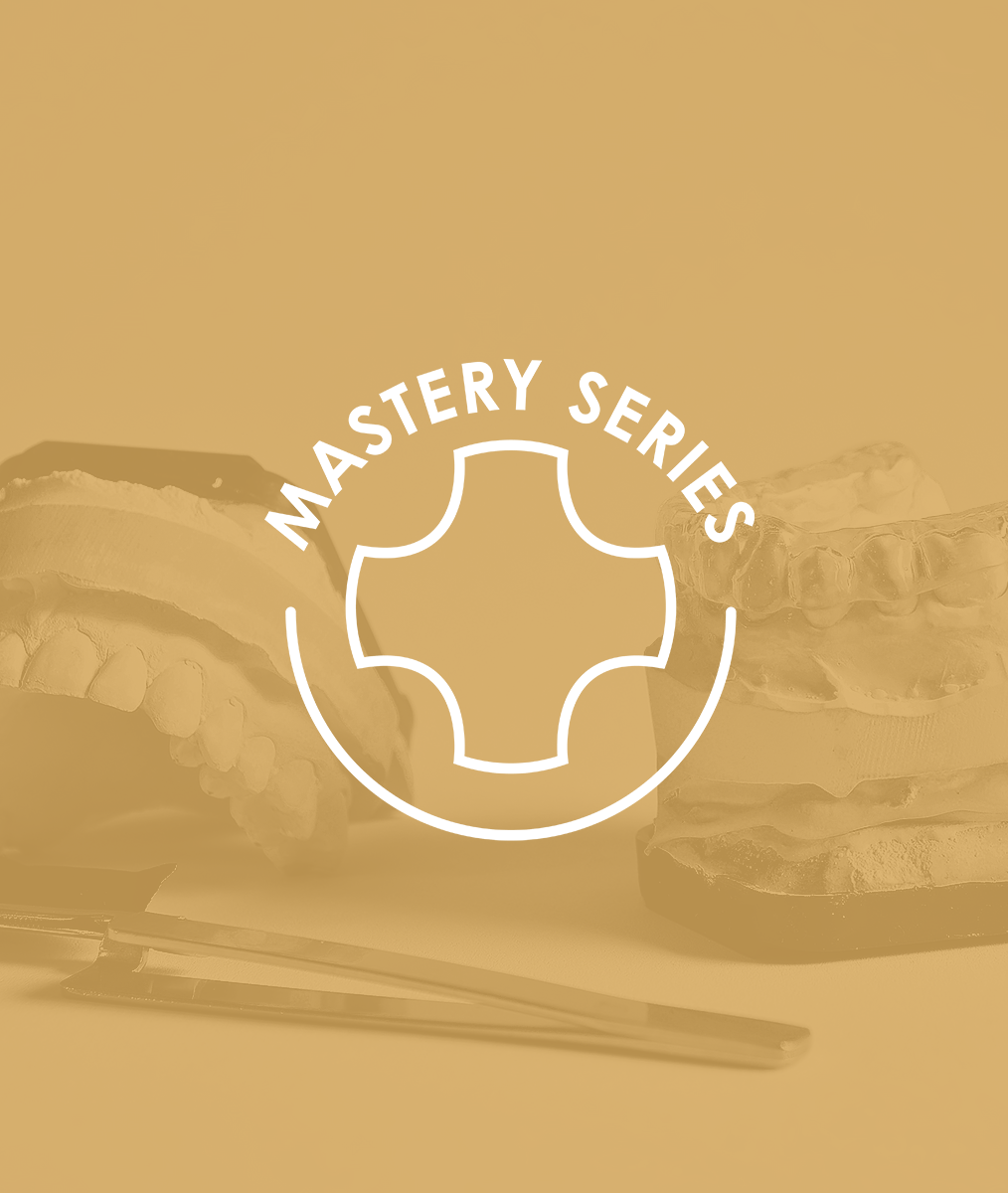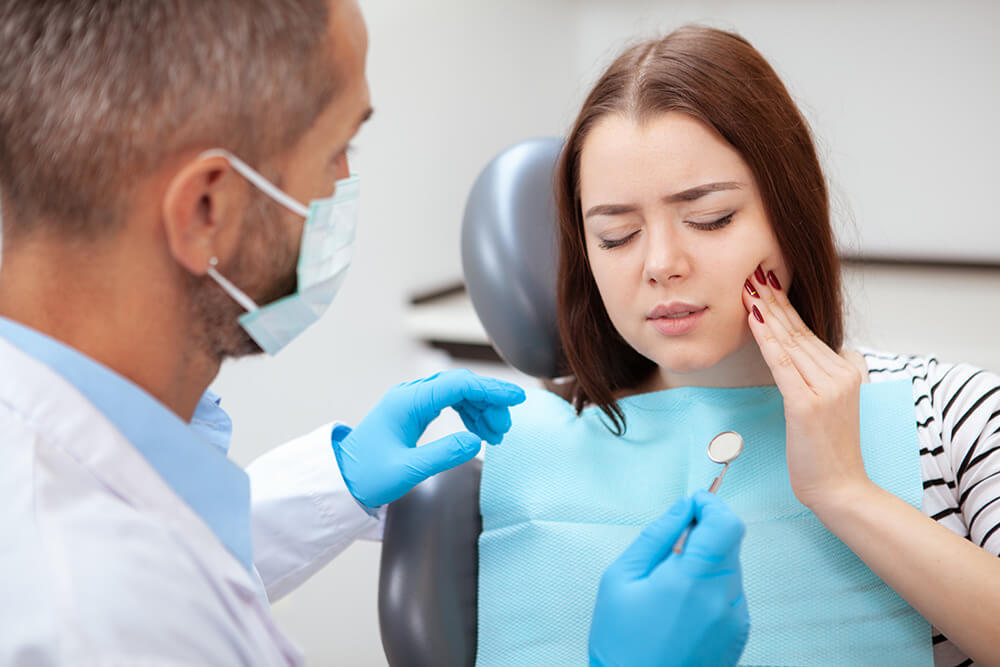Having an In-House Lab Benefits Patients
Stephen Malone, DMD
Our Knoxville, Tennessee, dental practice has grown to where we now have four dentists, as well as four hygienists, six dental assistants, two patient coordinators, a practice manager with two front-office patient care specialists, and one more primary partner in our dental practice—Bob Cutshaw. Bob is a master lab technician with over 40 years of experience and owner of Cutshaw Labs. He has been a partner in care with me for nearly 25 years and collaborates with our doctors on all dental restorations requiring lab work.
Recently, I was thinking again about how grateful I am for my association with Bob and for the many benefits of having his lab located downstairs within our practice facility. Perhaps, having a lab in-house is something other dentists might aspire to eventually have in their own private practice.
Bob is involved in care planning just as much as I and the other dentists. We can sit side by side to collaborate on treatment using a combination of digital 3D modeling and analog articulated models and wax-ups.
For patients with complex needs, he routinely comes into the operatory or the consultation room to meet with patients. As he explains his involvement in their care and how the highest quality materials and latest techniques will be used, they become fascinated in the laboratory methods and technologies. Some request a tour of the lab and want to watch some of the process.
We use digital designs for all prosthetics. Bob’s professional-grade 3D printers work all day long for predictable, efficient fabrication of custom restorations. Then he hand-paints and glazes the crowns and prosthetics for optimal natural aesthetics. Because he is involved in planning our most complex cases that involve implant supported hybrid denture, he is deeply invested in the details that allow the finished product to be delivered with ease.
Having his lab in-house allows us to rapidly fix issues that arise, for example, alterations to a restoration when it doesn’t quite fit right or has a slightly incorrect shade. Instead of waiting for days or weeks to deliver back and forth a restoration to an outside lab, we make the changes here on the same day.
For Patients undergoing clear aligner treatment, we manufacture our clear aligners in-house. If a patient loses or damages a tray, it is immediately replaced so the patient doesn’t lose precious time in treatment. The same goes for our occlusal splints, night guards, sports mouth guards, and Essix retainers.
One of the branding traits of our practice that has earned us our high reputation is the in-house laboratory. Without a doubt, having this lab just downstairs is a major way in which we enhance the quality of care we provide to our patients.
Related Course
Mastering Dental Photography: From Start to Finish
DATE: October 29 2026 @ 8:00 am - October 31 2026 @ 12:00 pmLocation: The Pankey Institute
CE HOURS: 19
Regular Tuition: $ 2995
Single Occupancy with Ensuite Private Bath (per night): $ 355
Dental photography is an indispensable tool for a high level practice. We will review camera set-up and what settings to use for each photo. All photos from diagnostic series, portraits,…
Learn More>
